Charleville-Mézières is not just the capital of the Ardennes, it’s also the puppet capital of the world.
This town of just 50,000 people is something of a marionette Mecca, home to the biennial World Puppet Festival. The Festival Mondial des Théâtres de Marionnettes (World Puppet Theatre Festival) takes place every other September when hundreds of puppeteers from all over the world take over the town to showcase their puppetry prowess.
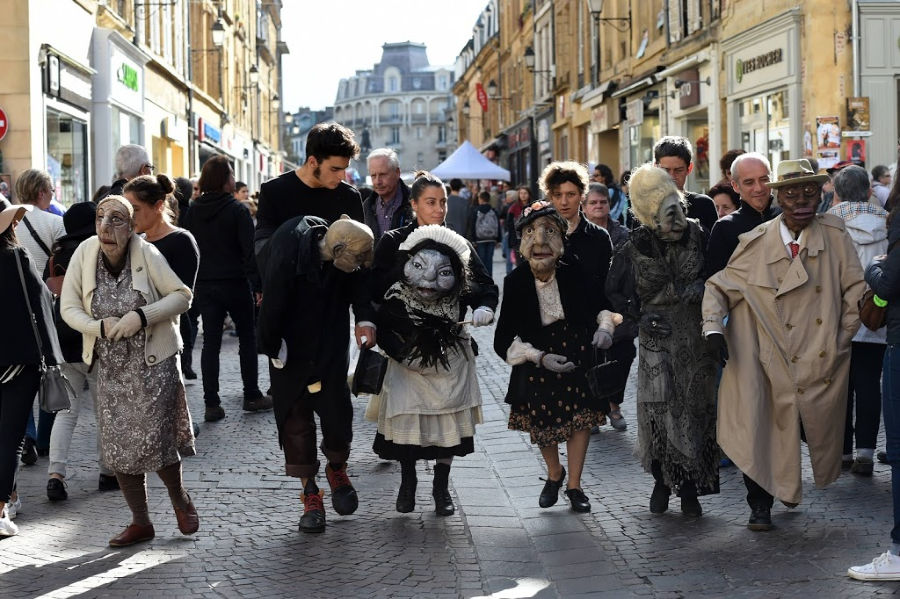
Charleville-Mézières is also home to the International Puppetry Union, a UNESCO-affiliated organisation of puppet practitioners. It even has its own school, the Institut International de la Marionnette, that offers a three-year puppetry course.
The last festival, the 20th edition, was held in September 2019 and the next edition will be held September 17 – 26, 2021.
It’s definitely worth spending a day or two exploring Charleville-Mézières during your family holiday to the Ardennes. If you’re looking to explore elsewhere in the country, take a look at this post on the 25 best places to visit in France with kids.
This post has more family-friendly festival ideas around the world.
Disclosure: I was a guest of Ardennes Tourism on a press trip organised by BritMums for the purpose of this family travel guide. All opinions are, as always, entirely my own.
Charleville-Mézières
Table of Contents
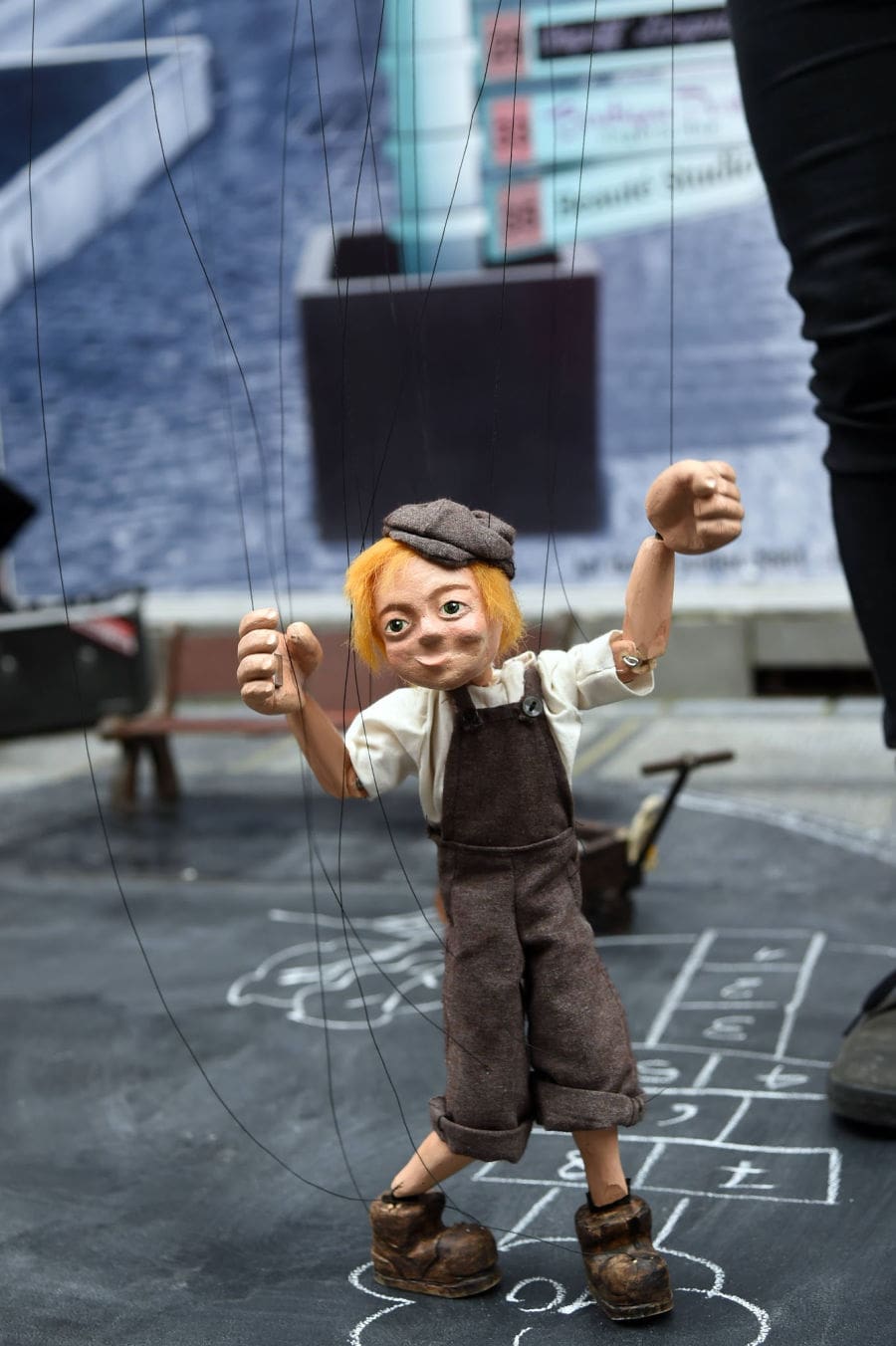
But how did a small French town become the epicentre of all things puppet related?
The answer lies with local amateur puppeteer Jacques Félix, largely considered to the “the father of puppets”. During WWII, Félix would entertain children in Nazi-led summer camps, often putting on puppet shows. Once the war was over, Félix continued to stage shows to boost morale in a region that had been heavily occupied during the war and at the heart of some of Europe’s biggest conflicts.
In 1948 Félix founded the Petits Comédiens de Chiffons (Little Rag Actors), a small puppet theatre group.
It wasn’t long before puppeteering friends from across France visited to stage shows together. Word spread and soon Félix was being contacted by puppeteers from across the world, who were all keen to demonstrate the arts of puppetry.
In 1961 Félix invited puppet artists from across France and overseas and staged the first ever marionette festival, welcoming 15 companies to perform. Since then the festival has grown in popularity and performances and attracts more than 170,000 visitors.

Held every two years, there are two parts to the nine-day festival.
There are the informal outdoor street shows where literally anyone with a puppet can show up and perform. And then there are the ticketed professional performances held at venues around town.
Each year some 30 or so theatre companies are invited to perform as part of the festival’s official selection. Tickets for these shows must be booked in advance.
In total there are over 200 shows performed as part of the main event and fringe festival, street shows, exhibitions and more.
History of puppetry
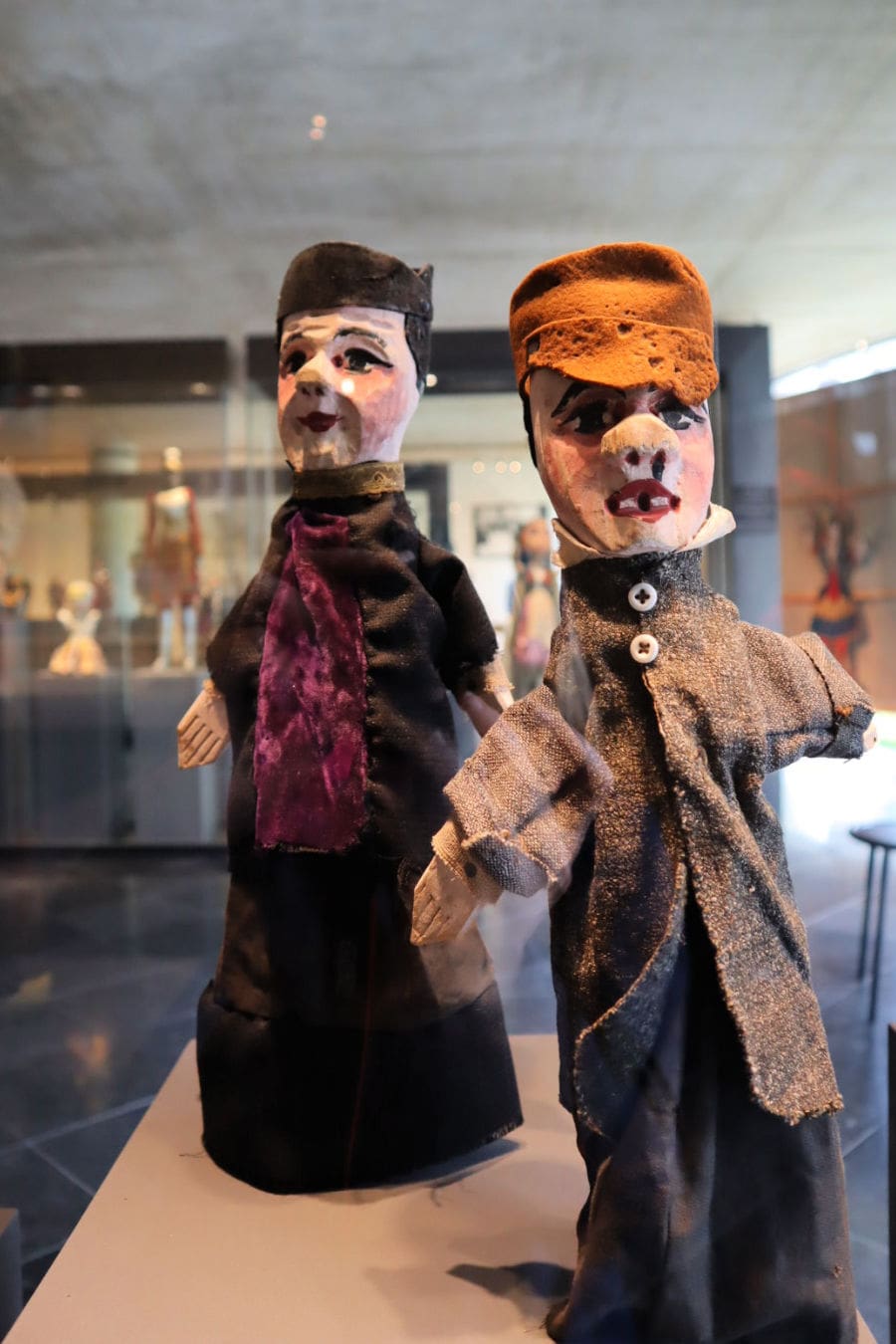
Far from being a way to keep kids entertained, puppetry is an ancient form of theatre that was first recorded in the 5th century BC in Ancient Greece. Since then, puppetry has occurred in almost all human societies where puppets were used to tell stories, as performers in rituals and as effigies in celebrations.
France has a long tradition of puppetry but it wasn’t until the early 19th century that the art form gained its own unique character. Much like the puppets of Punch and Judy in the UK, France had its own roguish characters, Gnafron and Guignol made famous by their puppet master Laurent Mourguet.
In the middle of the 20th century, puppetry in France underwent a significant change and puppetry went from a tradition passed down from generation to generation to an elevated art form.
World Puppet Theatre Festival
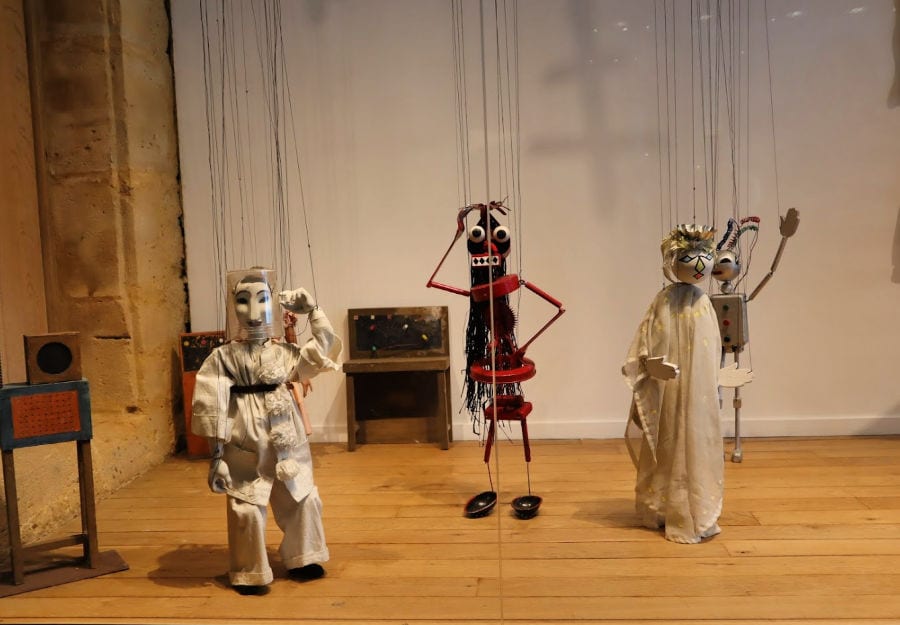
Fortunately, at the World Puppet Theatre Festival you can see both these types of performances. The festival attracts both amateur and professional puppeteers who perform with all type of puppets; hand or glove puppets, marionettes, rod puppets, body puppets (that the puppeteer wears), bunraku-style puppets (that are handled by puppeteers visible on stage) and shadow puppets.
Stories are varied and range from comical musicals to intellectual dramas but, whatever your preference, there is something for everyone including plenty of kids’ puppetry.
Puppets in Charleville-Mézières
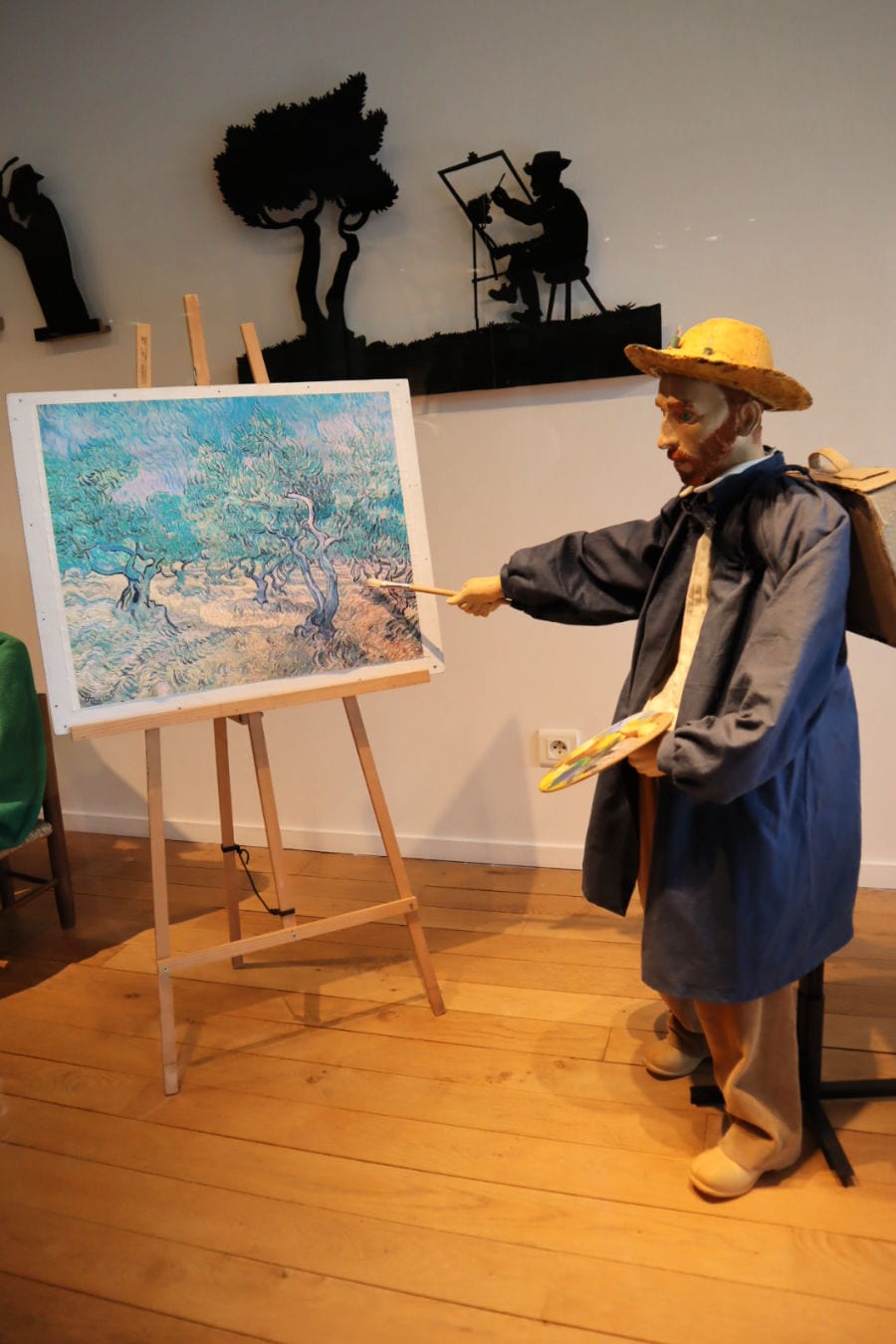
If your visit to the Ardennes doesn’t coincide with the puppet festival, however, don’t fret, there are still plenty of marionettes to be seen.
For starters, there’s the Great Puppeteer’s Clock at Le Musee de l’Ardenne (the Museum of the Ardennes). The clock operates year-round, telling the legend of Les 4 Fils Aymon through puppets. There are 12 scenes in all performed on the hour from 10am. If you want to see all 12 scenes at once then visit on Saturdays at 9.15pm.
You can see the inner workings of this enormous puppet show from inside the museum where you’ll also spy the museum’s puppet collection. The museum has has more than 500 puppets in their collection and displays them on rotation every two years.
When we visited we saw Snow White and the Seven Dwarfs, Punch and Judy, the traditional Lyonnaise puppet character Guignol, as well as plenty of puppets and marionettes from overseas.
Getting to Charleville-Mézières
It’s very easy to get to Charleville-Mézières; it’s only two hours from Paris and 45 minutes from Reims by train. It’s 2.5hour train journey to Lille.
By car, it’s a four-hour drive to Amsterdam and two hours to Brussels.
We travelled by Eurostar from London St Pancras to Lille and then changed for a train to Charleville-Mézières. Returning to London we took a train from Reims to Paris Est and, once there, walked to Paris Nord and took the Eurostar back to London.
The nearest airports are at Paris (Charles de Gaulle), Luxembourg (Findel), Brussels (Zaventem) and Brussels-Charleroi Airport.

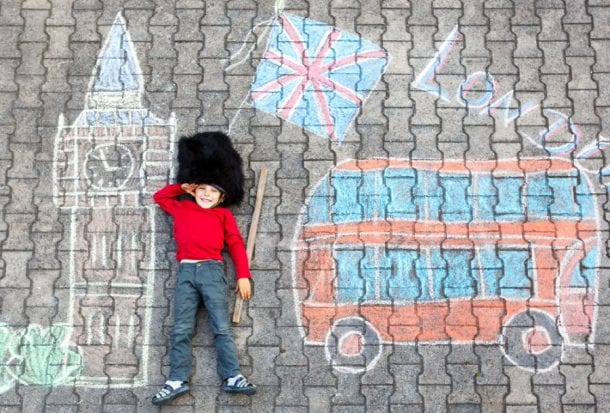
This is a lovely read, and it’s good to learn more about the history of puppetry. I love that the art form’s become more popular recently, with Warhorse and other acclaimed theatre performances using ground-breaking techniques. Long live the puppeteers!
I would love to visit this place! Especially the museum. Although some of the puppets look a little bit creepy I would not want to wonder around the museum by myself…
Haha, they’re very friendly really!
I’d really like to visit one year. Maybe in 2021!
I would also love to visit! It sounds like such a fun festival and I love that this small French town is the world capital of puppets!